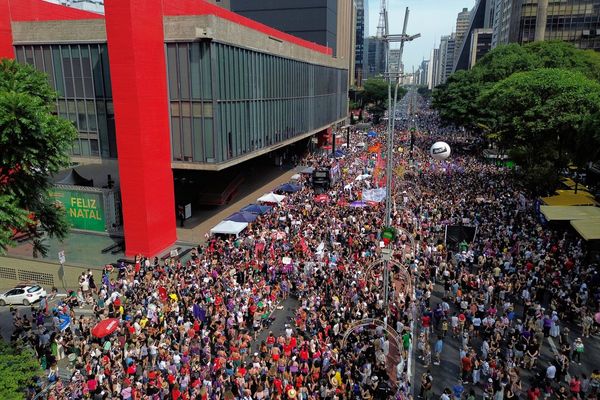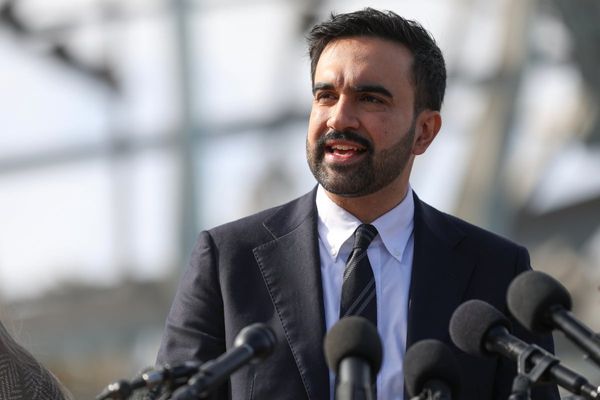
Wildfires have been a natural occurrence throughout history, playing a crucial role in ecosystem maintenance. However, in populated areas, they can pose significant dangers. The Great Fire of 1910 in the American West sparked discussions on balancing the benefits of wildfires with the risks to human lives.
One of the deadliest wildfires in history, the Peshtigo Fire of 1871 in Wisconsin, claimed up to 2,500 lives, highlighting the devastating impact of these natural disasters. With climate change exacerbating extreme weather conditions, wildfires have become more frequent and destructive in the 21st century, threatening communities across the country.
In November 2018, California witnessed its most destructive wildfire, which burned over 150,000 acres and forced the evacuation of 52,000 people. The fire broke out due to a broken metal hook on a transmission tower owned by Pacific Gas & Electric Company (PG&E), igniting a deadly blaze that spread rapidly through the town of Paradise.



Residents had little time to evacuate as the fire engulfed the area, leading to chaotic scenes on the roads. One survivor described the harrowing experience of being trapped in traffic, fearing for his life as the flames closed in. Despite the heroic efforts of firefighters from across the state, the fire continued to rage for two weeks, destroying multiple communities.
Tragically, the wildfire claimed the lives of 85 people, making it the deadliest wildfire in California's history. The incident serves as a stark reminder of the devastating impact of wildfires on human lives and communities, underscoring the urgent need for effective prevention and response strategies in the face of escalating climate-related disasters.







